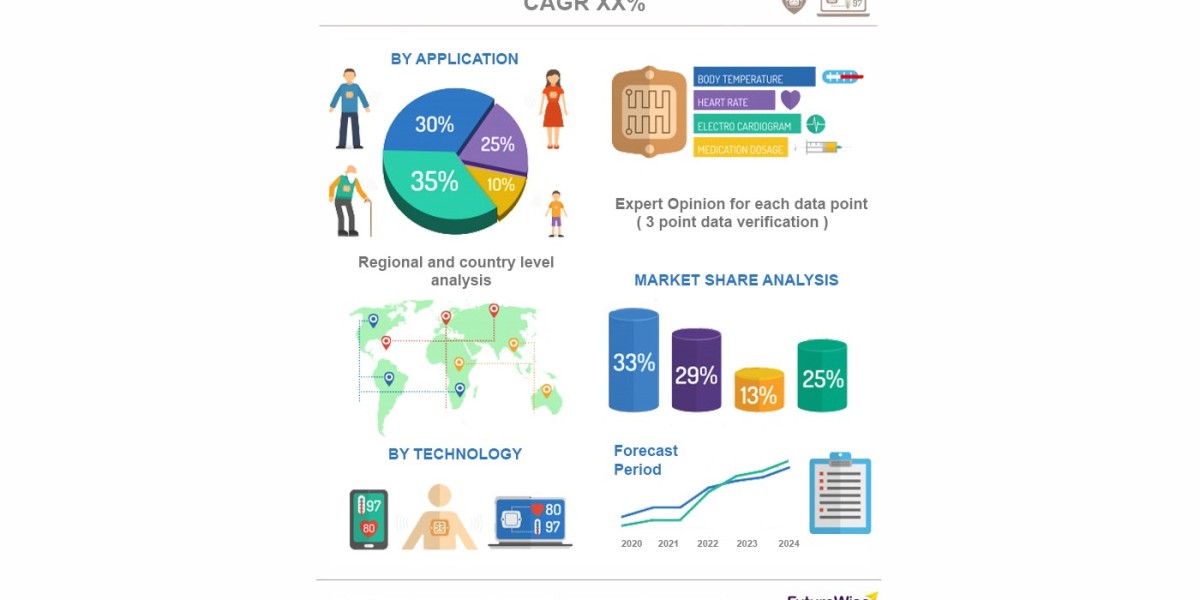Magnets: Innovations, Applications, and Market Trends in 2025
Magnets play a crucial role in various industries, from electronics and renewable energy to medical devices and transportation. With advancements in rare earth materials, superconducting technologies, and sustainable magnet production, the global magnet industry is evolving rapidly.
Key Trends in the Magnet Industry
1. Growth in Rare Earth Magnet Demand
Neodymium (NdFeB) and Samarium-Cobalt (SmCo) magnets are in high demand for electric vehicles (EVs), wind turbines, and robotics.
Companies are investing in rare earth recycling and alternative materials to reduce dependence on China-dominated rare earth supply chains.
New processing technologies aim to enhance magnet durability and efficiency.
2. Superconducting and Quantum Magnets
Advances in superconducting magnets are enabling next-generation MRI machines, particle accelerators, and fusion energy projects.
Research in quantum magnets could revolutionize data storage and computing.
3. Sustainable & Eco-Friendly Magnet Production
Focus on reducing environmental impact of mining rare earth elements.
Development of recyclable and bio-based magnet materials.
Companies exploring synthetic magnet alternatives with lower ecological footprints.
4. Increased Use in Green Energy & Electric Vehicles
Magnets are essential for high-efficiency electric motors in EVs.
Wind turbines rely on powerful permanent magnets to generate electricity.
Research is ongoing into magnet-free electric motor designs to lower costs.
5. Advancements in Flexible and Miniature Magnets
Growth in thin-film and flexible magnets for wearables, medical implants, and consumer electronics.
Miniature magnets enhancing precision in robotics and aerospace applications.
6. Smart Magnets with AI and Sensor Integration
AI-powered self-regulating magnetic systems for automation and industry 4.0 applications.
Smart magnetic sensors improving efficiency in industrial and healthcare sectors.
Challenges in the Magnet Industry
Supply chain risks due to reliance on rare earth elements.
High production costs for advanced magnetic materials.
Recycling and sustainability concerns in magnet disposal.
Technological competition from alternative energy solutions reducing magnet dependency.
The Future of Magnets
Magnets will continue to play a key role in next-gen transportation, AI-driven robotics, energy storage, and medical innovations. The focus will shift toward sustainable sourcing, recycling, and material efficiency to meet the growing global demand.









